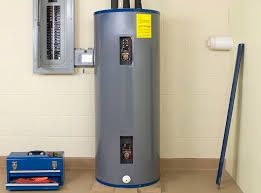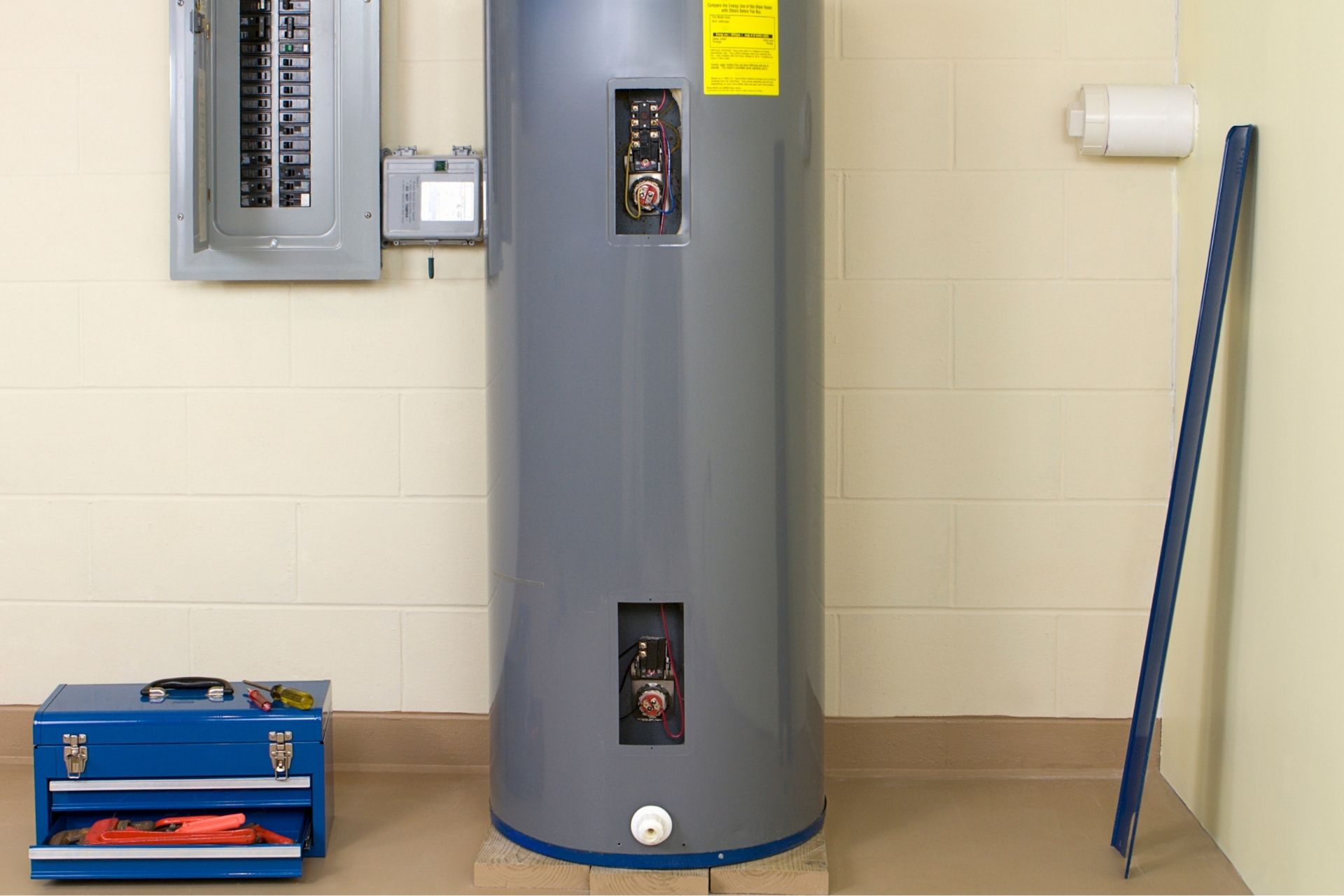What're your opinions concerning Tips For Maintaining Your Hot Water Heater?

Hot water is important for daily comfort, whether it's for a refreshing shower or washing dishes. To guarantee your warm water system runs effectively and lasts longer, routine maintenance is crucial. This post offers sensible suggestions and understandings on exactly how to preserve your home's warm water system to avoid interruptions and pricey repair services.
Introduction
Preserving your home's warm water system might seem overwhelming, yet with a couple of basic steps, you can ensure it runs smoothly for many years to find. This guide covers whatever from comprehending your hot water system to DIY upkeep ideas and knowing when to employ professional help.
Importance of Maintaining Your Warm Water System
Normal upkeep not only extends the life expectancy of your hot water system however additionally guarantees it runs successfully. Neglecting maintenance can bring about lowered efficiency, higher power costs, and even premature failure of the system.
Signs Your Hot Water System Needs Maintenance
Knowing when your hot water system needs attention can protect against significant problems. Look out for signs such as inconsistent water temperature, weird noises from the heating unit, or rustic water.
Understanding Your Warm Water System
Before diving into maintenance jobs, it's valuable to understand the fundamental elements of your warm water system. Normally, this includes the hot water heater itself, pipelines, anode poles, and temperature level controls.
Monthly Upkeep Tasks
Routine month-to-month checks can assist capture small concerns before they rise.
Purging the Water Heater
Flushing your hot water heater eliminates sediment build-up, improving efficiency and prolonging its life.
Monitoring and Changing Anode Rods
Anode rods avoid deterioration inside the storage tank. Inspecting and replacing them when broken is vital.
Checking and Readjusting Temperature Level Settings
Readjusting the temperature level settings ensures optimal efficiency and safety and security.
DIY Tips for Maintenance
You can carry out several maintenance jobs on your own to keep your warm water system in top condition.
Looking for Leaks
On a regular basis examine pipes and links for leaks, as these can cause water damage and higher expenses.
Testing Stress Relief Valves
Testing the stress relief valve ensures it functions correctly and prevents too much stress buildup.
Protecting Pipes
Protecting hot water pipelines decreases warmth loss and can conserve energy.
When to Call a Professional
While DIY maintenance is valuable, some problems require professional proficiency.
Facility Concerns Calling For Specialist Help
Examples include major leaks, electrical troubles, or if your hot water heater is regularly underperforming.
Routine Professional Maintenance Perks
Expert maintenance can include comprehensive assessments, tune-ups, and guaranteeing compliance with safety standards.
Conclusion
Regular maintenance of your home's warm water system is essential for effectiveness, durability, and cost financial savings. By complying with these suggestions and knowing when to seek specialist aid, you can ensure a reputable supply of warm water without unanticipated disturbances.
How to Maintain an Instant Hot Water Heater
Before tinkering with your hot water heater, make sure that it’s not powered on. You also have to turn off the main circuit breaker and shut off the main gas line to prevent accidents. Also turn off the water valves connected to your unit to prevent water from flowing into and out of the appliance. 2. When you’re done, you have to detach the purge valves’ caps. These look like the letter “T†and are situated on either side of the water valves. Doing so will release any pressure that has accumulated inside the valves while at the same time avoid hot water from shooting out and burning your skin. 3. When the purge valves’ caps are removed, you have to connect your hosing lines to the valves. Your unit should have come with three hoses but if it didn’t, you can purchase these things from any hardware or home repair shops. You can also get them from retail stores that sell water heating systems. Read the user’s manual and follow it to complete this task properly. When the hosing lines are connected, open the purge port’s valves. 4. You should never use harsh chemical cleaners or solutions when cleaning your unit. Make use of white vinegar instead. It should be undiluted and you’ll probably use about 2 gallons. 5. Now flush your water heater. This task should probably take about 40 minutes. We can’t give you specific directions for this because the procedure is carried out depending on the type, model and brand of your heater. With that being said, refer to the user’s manual. 6. When you’re done draining the unit, you have to turn off the purge port valves again. Remove the hosing lines that you earlier installed on each of the water valves. Put the valve caps (purge port) back in their respective places and be very careful so as not to damage the rubber discs that are found inside these caps. 7. Now that everything’s back in place, check your user’s manual again to find out how to reactivate your water heating system. 8. Once it is working, turn one of your hot water faucets on just to let air pass through the heater’s water supply pipes. Leave the tap on until water flows smoothly out of it. https://www.orrplumbing.com/blog/2014/september/how-to-maintain-an-instant-hot-water-heater/

Hopefully you liked our part about Tips For Maintaining Your Hot Water Heater. Many thanks for taking a few minutes to read through our post. Sharing is nice. You won't know, you will be doing someone a favor. I praise you for your time. Return soon.
Click Here